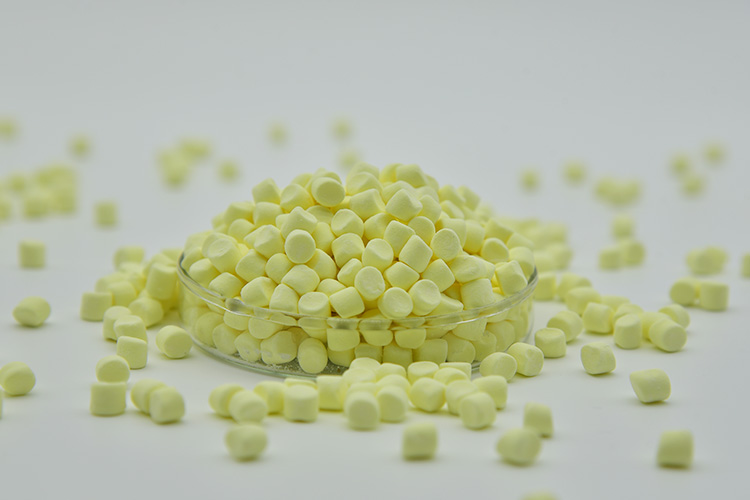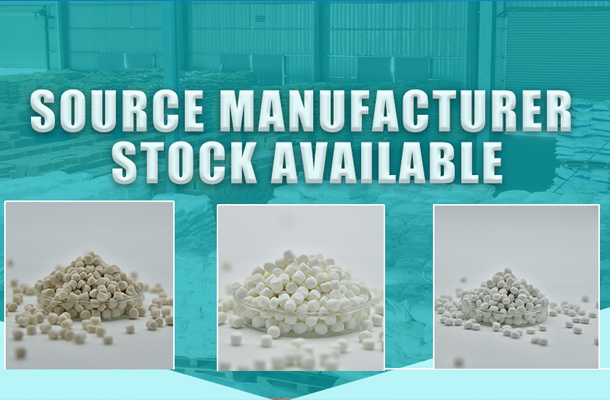The rubber additive series refers to a group of chemicals and materials that are added to natural or synthetic rubber during the manufacturing process to enhance its properties and improve its performance for specific applications. These additives serve various purposes, such as improving the processing characteristics, modifying the physical properties, extending the product lifespan, or protecting the rubber from environmental degradation. Some common types of rubber additives include:
Accelerators: These are chemicals that speed up the vulcanization process, which is the cross-linking of rubber molecules to form a more durable material. Examples include thiurams, sulfenamides, and guanidines.
Antioxidants: Added to prevent or slow down the oxidative degradation of rubber caused by exposure to heat, light, or oxygen. They help extend the service life of rubber products.
Antiozonants: Specifically used to protect rubber against ozone cracking, which can be a significant problem for outdoor applications like tires and roofing materials.
Fillers: Materials like carbon black, silica, clay, or calcium carbonate are added to improve tensile strength, abrasion resistance, and reduce costs. Carbon black also improves conductivity and UV resistance.
Plasticizers: These soften the rubber, making it more flexible and easier to process. They can be petroleum-based or natural products like esters and phthalates.
Processing Aids: Lubricants and release agents that facilitate the mixing, extrusion, or molding processes by reducing friction and improving flow properties.
Reinforcing Agents: Specialized fillers like high surface area silica or aramid fibers that significantly enhance the mechanical properties of the rubber compound, especially tensile strength and tear resistance.
Vulcanizing Agents/Curing Systems: Typically sulfur or peroxide-based systems that create cross-links between rubber molecules during vulcanization, transforming the rubber into a usable elastomer.
Colorants/Pigments: Used to give rubber products their desired color without affecting other properties significantly.
Blowing Agents: Used in the production of foam rubber, these agents generate gas bubbles within the rubber matrix, creating a cellular structure that results in lighter, more flexible materials.
Each additive serves a specific purpose, and the choice and ratio of these additives are carefully tailored to meet the requirements of the end-product, whether it's tires, hoses, seals, gaskets, or any other rubber item.








